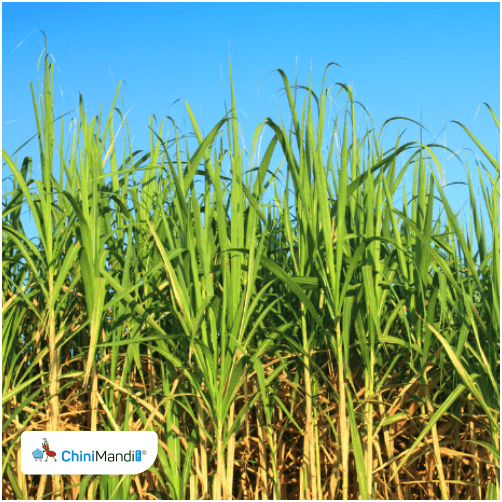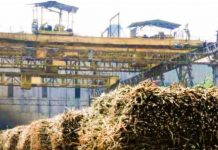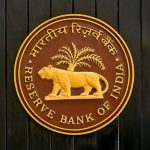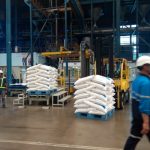Bijnor: In a significant shift, the once-dominant 0238 sugarcane variety, praised for boosting farmers’ incomes, is now grown on only 41% of total sugarcane acreage in Bijnor district, down from a peak of 97%. Farmers have increasingly turned to alternative varieties after the 0238 strain fell prey to a series of plant diseases, reported Live Hindustan.
The 0238 variety, developed by Bakshi Ram and introduced in Uttar Pradesh in 2009, saw a massive surge in adoption between 2015 and 2016 due to its high yield, rapid growth, and excellent sugar recovery. At its peak, nearly all of Bijnor’s sugarcane farmers were cultivating 0238. With just a little effort, farmers were able to harvest 90 to 100 quintals per bigha, and in some cases, even 120 quintals.
This variety became a favorite among both farmers and sugar mills because of its heavy weight, strong tillering, and the ease with which ratoon (second and third) crops could be harvested. In fact, in the 2022–23 season alone, farmers in the region earned a record-breaking ₹4,300 crore from the sale of 0238 sugarcane, a milestone that remains unmatched.
However, the variety’s vulnerability to diseases like red rot led to a sharp decline in productivity. Farmers began to experience severe crop losses, with sugarcane fields drying up unexpectedly. As losses mounted, trust in the 0238 variety diminished.
Recognizing the problem, the sugarcane department and sugar mill officials launched awareness campaigns, visiting villages and encouraging farmers to switch to other disease-resistant varieties. As a result, the cultivation area for 0238 has plummeted to 41%, with farmers now growing different varieties on a war footing.
According to Prabhu Narayan Singh, District Sugarcane Officer, Bijnor, “The acreage under 0238 has dropped from 97% to 41% due to disease-related issues. Both ratoon and planted crops of this variety are now limited. We’ve actively promoted alternative varieties, and farmers, with their hard work, have adopted them. We expect 0238’s share to decrease further.”
In recent years, the economic impact has been noticeable. In 2023–24, sugarcane sales dropped to ₹3,444 crore, and in 2024–25, they rose slightly to ₹3,792 crore, but still fell short of the 2022–23 peak—largely due to disease-related setbacks in 0238 crops.

















